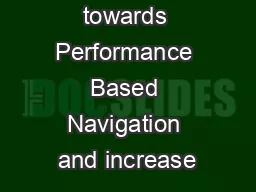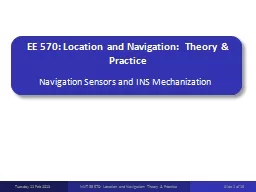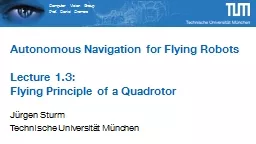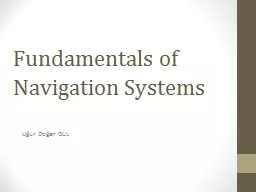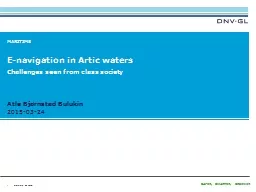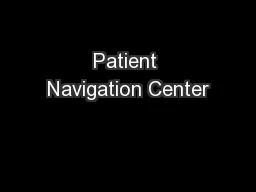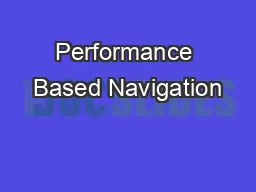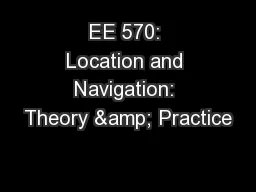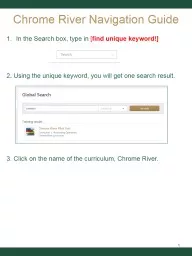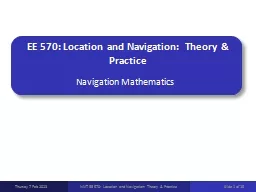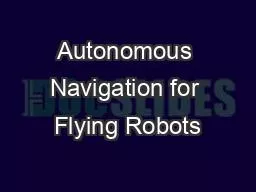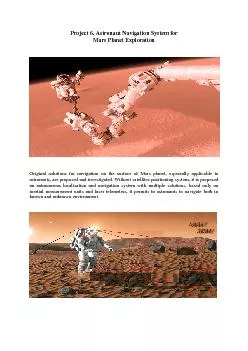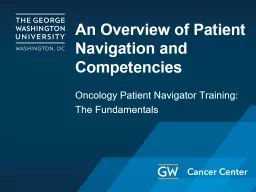PPT-Evolution towards Performance Based Navigation and increase
Author : jane-oiler | Published Date : 2016-02-22
Alain Belanger Manager Product Planning March 12 2013 1 We are expanding our involvement in the civil aerospace and aviation industry by engaging and supporting
Presentation Embed Code
Download Presentation
Download Presentation The PPT/PDF document "Evolution towards Performance Based Navi..." is the property of its rightful owner. Permission is granted to download and print the materials on this website for personal, non-commercial use only, and to display it on your personal computer provided you do not modify the materials and that you retain all copyright notices contained in the materials. By downloading content from our website, you accept the terms of this agreement.
Evolution towards Performance Based Navigation and increase: Transcript
Download Rules Of Document
"Evolution towards Performance Based Navigation and increase"The content belongs to its owner. You may download and print it for personal use, without modification, and keep all copyright notices. By downloading, you agree to these terms.
Related Documents

